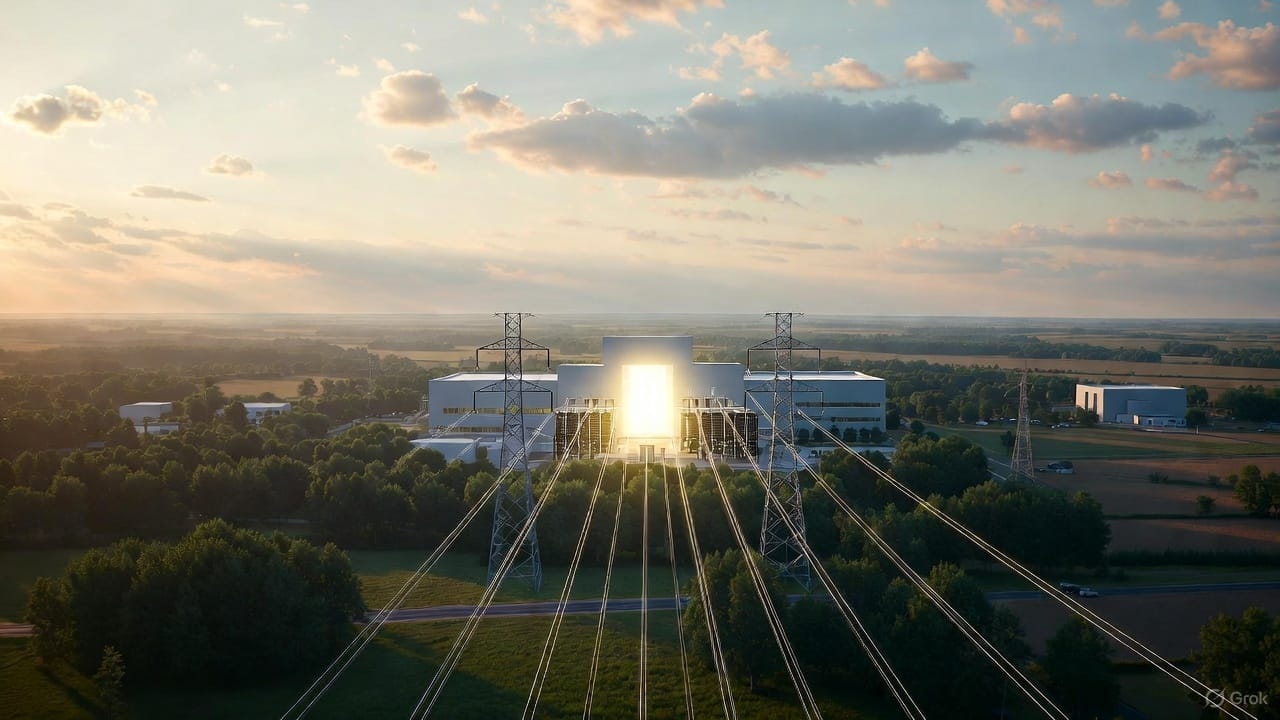- Shortlysts
- Posts
- Microsoft’s AI Ambitions Clash With Local Pushback as Data Centers Face Growing Resistance
Microsoft’s AI Ambitions Clash With Local Pushback as Data Centers Face Growing Resistance
Microsoft’s AI expansion is facing local resistance over noise, power use, and disruption, threatening the pace of U.S. tech growth.

What Happened
Microsoft is expanding its AI infrastructure nationwide. Not everyone is on board. In towns like Mount Pleasant, Wisconsin, and parts of Arizona, Microsoft’s planned data centers face stiff opposition from local residents and governments. The concerns range from overwhelming power demands to water consumption and noise. Some also worry about disruptions to rural life. In some cases, permit applications have been delayed, withdrawn, or denied.
Microsoft and federal officials describe the buildout as essential for national competitiveness. The communities hosting these facilities are not always convinced. Their reluctance reflects concern about preserving the character and infrastructure of small towns. These towns are not built for industrial-scale tech operations.
At the federal level, the message is different. The Trump administration, major AI researchers, and national security officials stress the urgency of scaling up AI capacity. They want to counter foreign competitors and accelerate domestic innovation. Microsoft is seen as a key player in this effort. Its partnership with OpenAI has intensified the pressure to keep growing.
Why It Matters
This conflict reveals a deeper fault line in America’s AI revolution. There is a growing consensus in Washington and Silicon Valley that the U.S. needs more high-performance computing facilities. It needs them quickly. These centers power large language models and national defense applications. Without them, the U.S. risks falling behind China in what many see as a new arms race for digital dominance.
The infrastructure required to support that vision is enormous. Data centers consume vast amounts of electricity. In some regions, they use millions of gallons of water to keep machines cool. They require new substations and upgraded grid connections. They often draw on limited local resources. For rural and suburban communities, that can mean strain on utilities and reduced water availability. It can also mean unwelcome industrial development in quiet areas.
Microsoft has tried to adapt. In some locations, the company has offered to reduce the visual footprint of its facilities. It has offered to invest in new power systems or relocate to more industrial zones. The company is exploring nuclear-powered designs and behind-the-meter power solutions. These reduce reliance on fragile local grids.
Even with these adjustments, trust is an issue. Many communities say they weren’t consulted early enough. Some suspect the long-term costs, including environmental and quality-of-life changes, will outweigh any short-term economic benefit.
How It Affects You
This is more than a zoning battle. It is a preview of the choices Americans will face as AI becomes more central to the economy. Hyperscale data centers do not exist in the cloud. They need land, power, and water. They also need people willing to live near them. The current resistance suggests that public acceptance may be one of the biggest obstacles to expanding AI infrastructure in the U.S.
If Microsoft and other tech giants cannot scale in the U.S., they may look overseas or push for looser regulations in less populated states. That could alter economic opportunities and energy demands in unpredictable ways. It could also concentrate control of advanced computing power in fewer regions that hold political influence.
As companies battle over permits and location approvals, consumers could feel the impact in slower response times or restricted access to cutting-edge tools. Rising prices tied to infrastructure bottlenecks are also possible.
The standoff unfolding in Wisconsin is a local dispute for now. It is also a test case for how the country balances tech progress with real-world constraints. It will show whether people living near the servers will have a say in shaping the digital future.